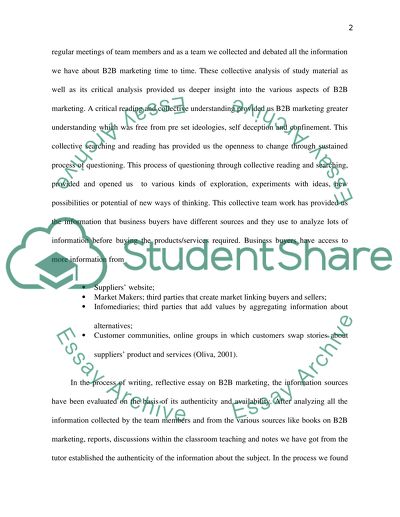Cite this document
(“Strategies for Reaching the New Hybrid Consumer Research Proposal”, n.d.)
Strategies for Reaching the New Hybrid Consumer Research Proposal. Retrieved from https://studentshare.org/marketing/1554190-it-is-a-reflective-essay
Strategies for Reaching the New Hybrid Consumer Research Proposal. Retrieved from https://studentshare.org/marketing/1554190-it-is-a-reflective-essay
(Strategies for Reaching the New Hybrid Consumer Research Proposal)
Strategies for Reaching the New Hybrid Consumer Research Proposal. https://studentshare.org/marketing/1554190-it-is-a-reflective-essay.
Strategies for Reaching the New Hybrid Consumer Research Proposal. https://studentshare.org/marketing/1554190-it-is-a-reflective-essay.
“Strategies for Reaching the New Hybrid Consumer Research Proposal”, n.d. https://studentshare.org/marketing/1554190-it-is-a-reflective-essay.


